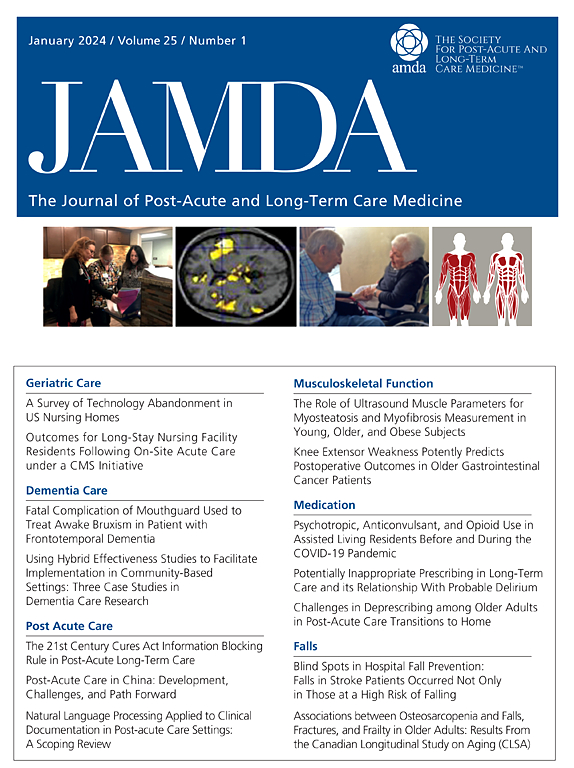Asian Working Group for Sarcopenia: 2019 Consensus Update on Sarcopenia Diagnosis and Treatment
Abstract
Clinical and research interest in sarcopenia has burgeoned internationally, Asia included. The Asian Working Group for Sarcopenia (AWGS) 2014 consensus defined sarcopenia as “age-related loss of muscle mass, plus low muscle strength, and/or low physical performance” and specified cutoffs for each diagnostic component; research in Asia consequently flourished, prompting this update. AWGS 2019 retains the previous definition of sarcopenia but revises the diagnostic algorithm, protocols, and some criteria: low muscle strength is defined as handgrip strength <28 kg for men and <18 kg for women; criteria for low physical performance are 6-m walk <1.0 m/s, Short Physical Performance Battery score ≤9, or 5-time chair stand test ≥12 seconds. AWGS 2019 retains the original cutoffs for height-adjusted muscle mass: dual-energy X-ray absorptiometry, <7.0 kg/m2 in men and <5.4 kg/m2 in women; and bioimpedance, <7.0 kg/m2 in men and <5.7 kg/m2 in women. In addition, the AWGS 2019 update proposes separate algorithms for community vs hospital settings, which both begin by screening either calf circumference (<34 cm in men, <33 cm in women), SARC-F (≥4), or SARC-CalF (≥11), to facilitate earlier identification of people at risk for sarcopenia. Although skeletal muscle strength and mass are both still considered fundamental to a definitive clinical diagnosis, AWGS 2019 also introduces “possible sarcopenia,” defined by either low muscle strength or low physical performance only, specifically for use in primary health care or community-based health promotion, to enable earlier lifestyle interventions. Although defining sarcopenia by body mass index–adjusted muscle mass instead of height-adjusted muscle mass may predict adverse outcomes better, more evidence is needed before changing current recommendations. Lifestyle interventions, especially exercise and nutritional supplementation, prevail as mainstays of treatment. Further research is needed to investigate potential long-term benefits of lifestyle interventions, nutritional supplements, or pharmacotherapy for sarcopenia in Asians.

 求助内容:
求助内容: 应助结果提醒方式:
应助结果提醒方式:


